Nitrogen Toxicity In Cannabis Plants
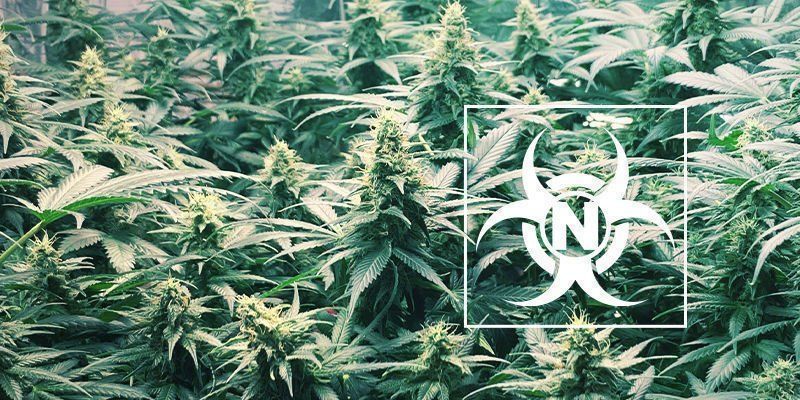
Nitrogen is a macronutrient that plays a vital role in growing cannabis, particularly during the vegetative phase. In high doses, however, nitrogen can also be toxic to cannabis plants, causing stress, stunted growth, and, ultimately, dead foliage. Keep reading to learn more about nitrogen toxicity, how to spot it, and what to do if your plants are suffering from it.
What causes nitrogen toxicity?
The main cause of nitrogen toxicity is overfeeding. While rookie growers sometimes overfeed their plants during veg in an attempt to boost their growth, most growers experience nitrogen toxicity during the bloom phase, when cannabis plants naturally need less nitrogen. Though overfeeding is more common among beginner growers, even experienced growers will sometimes run into this problem, especially when growing new strains or trying out new fertilisers, media, etc.
How to recognise nitrogen toxicity
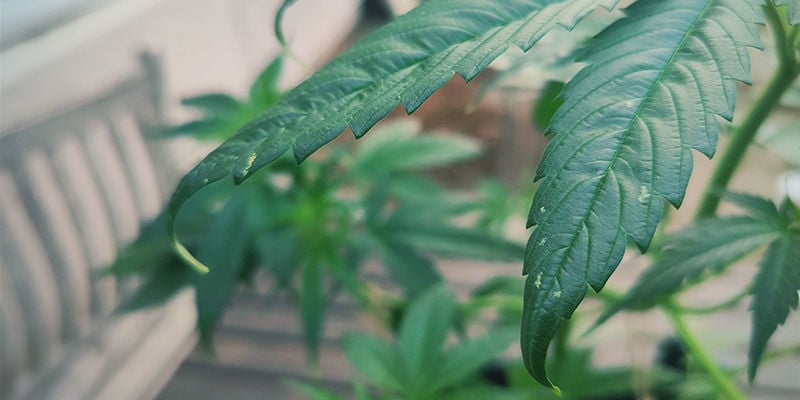
Nitrogen toxicity produces some telltale signs that are fairly easy to spot. Plants that have been overfed with N will develop dark green leaves with a soft, almost leathery texture. Clawing or cupping, characterised by curled leaf tips, is also a common sign of nitrogen toxicity, as are burnt leaf tips and weak stems that are easy to bend.
The stress of nitrogen toxicity can also make plants more susceptible to pests and disease, and can cause stunted growth or wispy flowers during bloom. In severe cases, nitrogen toxicity can cause leaves and stems to dry out and die off completely. During late flowering, nitrogen toxicity can force growers to cut their plants down prematurely and harvest buds with a telltale "grassy" aroma and flavour (caused by high nitrogen left over in the buds at harvest).
How to prevent nitrogen toxicity
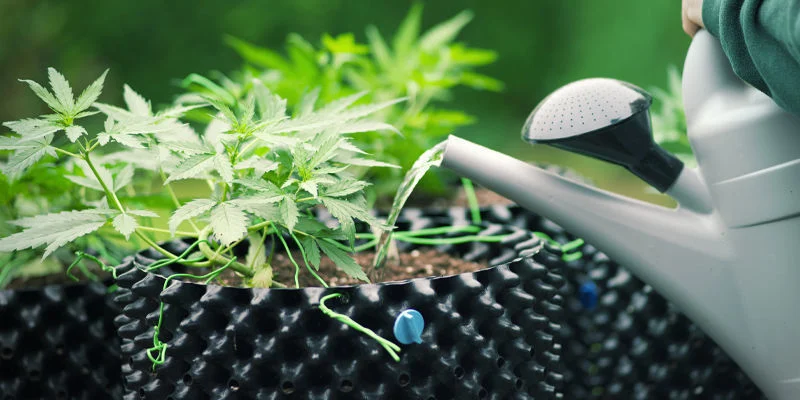
There are a number of ways to prevent nitrogen toxicity. Below are some of the most effective.
✅ Use slow-release fertilisers
Organic fertilisers offer a much slower release of nutrients into your medium, making overfeeding much less likely.
✅ Reduce feeding in the final weeks of veg
Most growers run into nitrogen toxicity when they switch their plants over to bloom, as the plants naturally require less nitrogen. So make sure to reduce the amount you administer as your plants' nutritional needs change.
✅ Consider flushing your plants before switching to bloom
Flushing can help to remove excess nutrients from the soil and provides a fresh start as plants begin to flower. Remember, however, that cannabis needs a small amount of nitrogen during flowering in order to form vital amino acids that promote bud growth and help the plant take up other nutrients—including potassium and phosphorus.
✅ Try growing in super soil
Well-prepared organic super soils carry a rich mix of natural fertilisers and microbes that feed plants and offer natural pest/pathogen prevention. When growing in super soil, there is often no need to feed your plants with extra fertilisers (or at least not during the first weeks of growing). Note, however, that planting small seedlings directly in super soil can also cause nitrogen toxicity.
How does nitrogen toxicity progress?
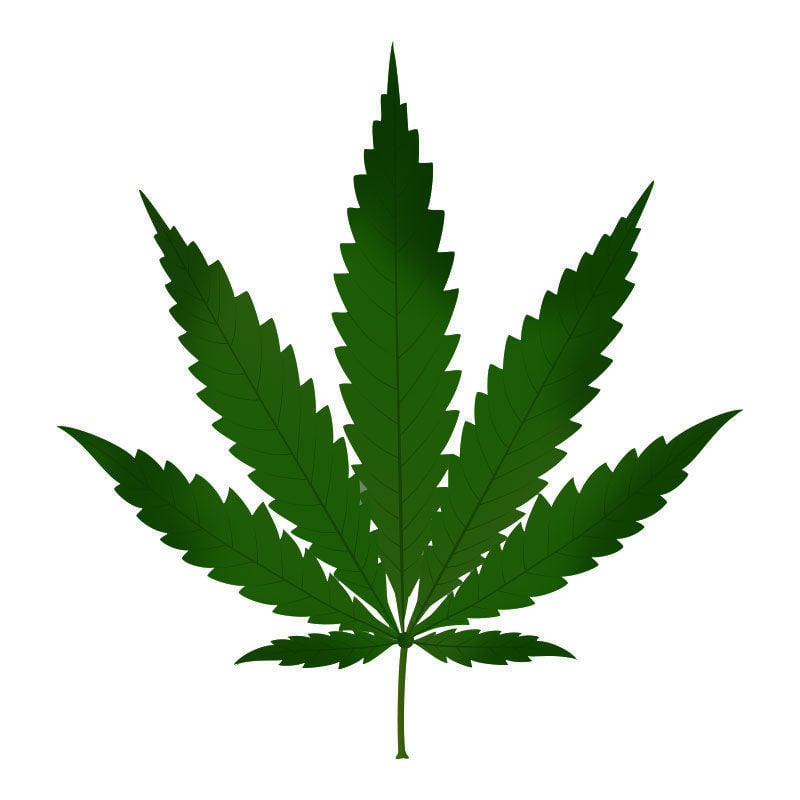


As mentioned above, the first sign of nitrogen toxicity is dark green foliage with a soft texture and slightly burnt leaf tips. If left unaddressed, N toxicity can cause the stems of cannabis plants to become weak, and interfere with water uptake and root development, causing stunted growth. Dropping, clawing, or cupping leaves are also common early signs of nitrogen toxicity.
In most cases, cannabis plants will naturally overcome nitrogen toxicity as they continue to feed and nitrogen levels in the soil gradually stabilise. However, in extreme cases, prolonged exposure to excess nitrogen can cause cannabis foliage to burn, dry, and die. Roots can also die off and rot when exposed to excess nitrogen for long periods.
What nitrogen toxicity looks like in cannabis plants
Worried that your plants might be experiencing nitrogen toxicity? Use the visual guide below to clearly identify cannabis plants exposed to excess nitrogen.
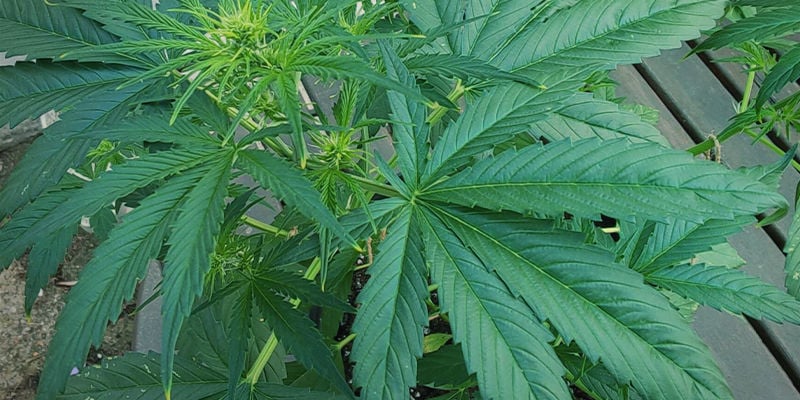
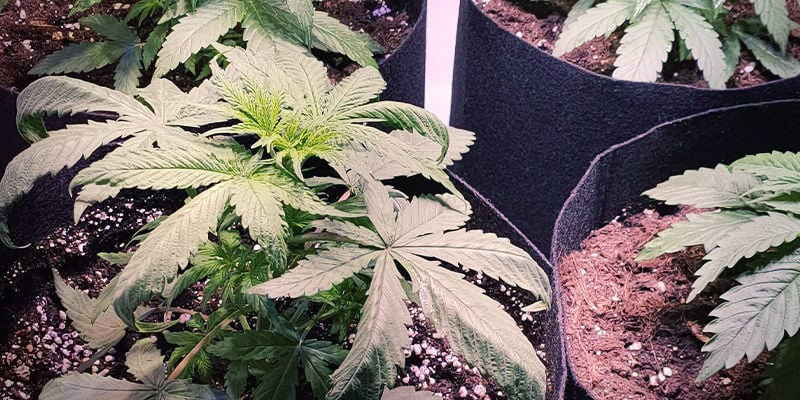
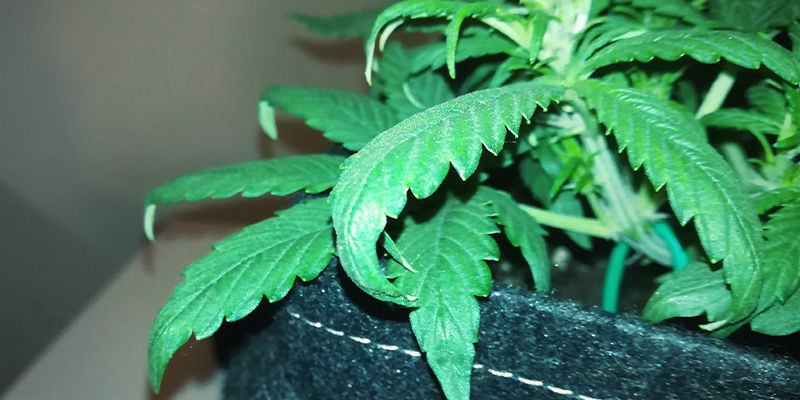
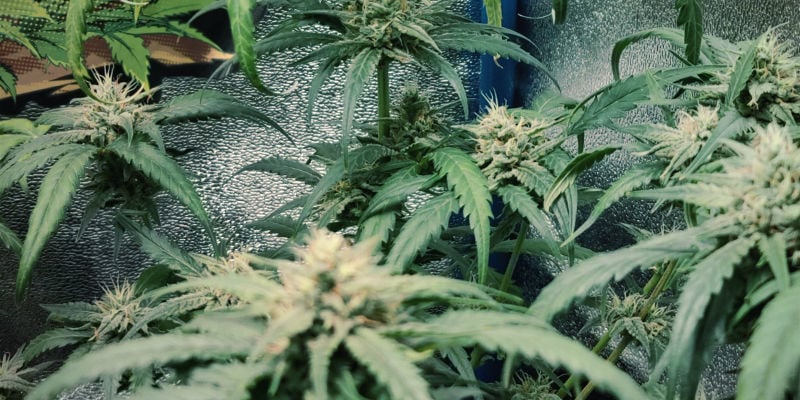
How to treat nitrogen toxicity
How you treat nitrogen toxicity depends on a number of factors, including:
- How severe the toxicity is
- Whether your plants are in veg or bloom
- The medium you're growing in
- The strain you're growing
- Whether you're growing indoors or outdoors
Most growers will try to ride out nitrogen toxicity if possible, especially during veg. If your plants are vegging and only showing the early signs of nitrogen toxicity, we recommend letting them take care of the issue, especially if you're growing photoperiod strains and have the ability to extend their veg time indoors if needed (to recover from the stress/stunted growth caused by the toxicity). In most cases, simply cutting your nutrients for a week allows your plants to consume the excess nitrogen in their medium.
If, however, your plants are showing more severe signs of nitrogen toxicity, or are in mid-bloom when the toxicity makes itself known, we recommend flushing the substrate to remove excess nutrients and rectify the situation as quickly as possible. To flush your plants, water them with three times the volume of their growing medium (for example, if your plant’s container is 20l, you'll want to flush with 60l of water). When flushing, we recommend using non-chlorinated, pH-regulated water or a very mild, full-spectrum fertiliser.
After flushing, do not feed your plants for about one week, and water them only if their topsoil is well dry. If the symptoms of toxicity do not go away during this week, try flushing your plants again. In general, we do not recommend transplanting specimens suffering from nitrogen toxicity, as the stress it causes will likely only worsen their condition.
If you regularly run into nitrogen toxicity during your grows, it is recommended that you revise your feeding calendar, the nutrients and medium you're using, and/or the genetics you're growing. For example, many sativa strains and autoflowers tend to be more sensitive to overfeeding than indicas and hybrids.
If you're using commercial, non-organic nutrients, we recommend growing in a fairly inert medium. If you want to continue growing in soil, we recommend switching to organic soils and fertilisers, as they provide a much slower release of nutrients and make it harder to overfeed.
Cannabis nitrogen toxicity: A recap
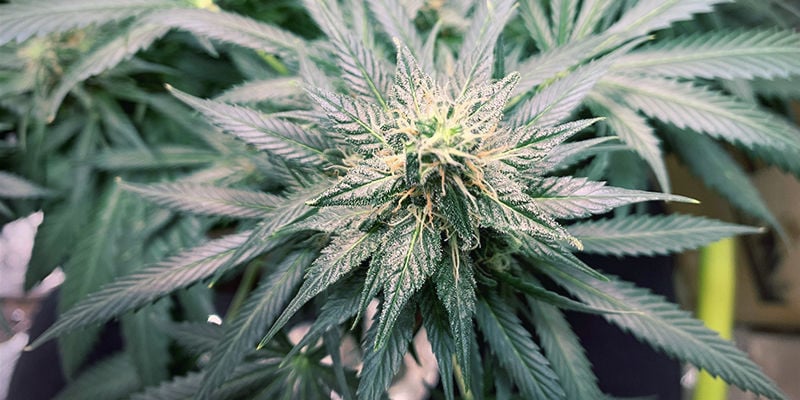
While nitrogen is an important nutrient, too much of it can cause serious damage to your plants. In most cases, simply laying off your feed and adjusting the dose of your fertilisers is enough to rectify a case of nitrogen toxicity—but be prepared to swing into action and flush your plants if the problem persists.












 United States
United States








